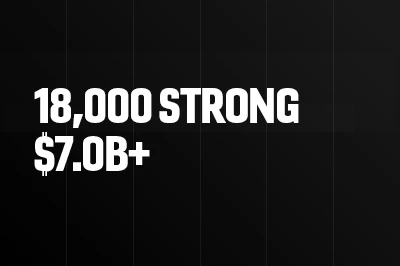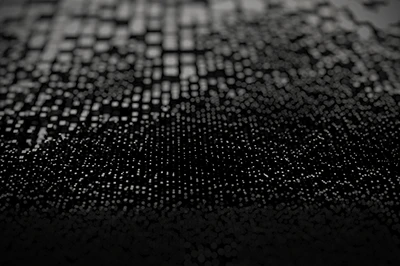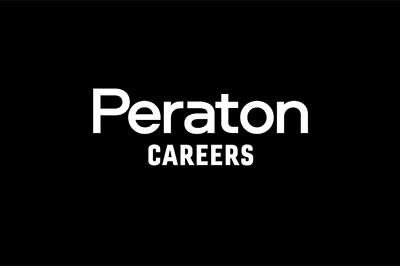The most capable products are designed with the needs of the human in mind to keep the operator out of harm’s way.
Throughout its history, Peraton Remotec has been a leader in unmanned ground vehicle (UGV) systems. After 40 years, we continue to push boundaries in this space, delivering innovative improvements that build upon our existing products and reduce human intervention.
As we remain committed to improving to the capability and reliability of these systems—minimizing errors and improving operation speed—new technologies have challenged us to reshape our vision of how unmanned systems will be both operated and manufactured in the future.
FIVE TECHNOLOGIES SHAPING THE FUTURE OF UGV
1. Artificial Intelligence
AI can be utilized to monitor robotic systems downrange and make adjustments based on system health, enabling the UGV to continue operating under changing conditions. AI can help improve operational efficiency by reducing the need for human intervention and minimizing errors.
2. Virtual reality (VR) and augmented reality (AR)
VR and AR techniques can be used to integrate virtual objects into images acquired from various camera technologies, enhancing the operator’s perception of the real world. Adapting this technology would give operators a huge leap forward in robot navigation capability and situational awareness.
3. Sensor development and integration
Sensor development and integration are crucial for improving UGVs’ navigation and control capabilities. LiDAR, tactile/haptic sensors, and 360-degree cameras are necessary for operator control units using VR/AR.
4. Radio communication technology
With more effective radio technology, high-quality video compression codecs could support video stitching and high definition 360-degree views, allowing teleoperated robots to have more range and building penetration. This is also a necessity for VR and AR.
5. Battery technology
Battery technology is another critical factor holding back UGV development. The industry is always looking for batteries that are smaller, lighter, and have more amp-hour capacity. New technology would allow for the development of smaller but more powerful robots with longer operation times downrange.
Peraton Remotec’s Advanced Manufacturing Process
To remain competitive in the market and move manufacturing technology forward, streamlining production is a must. That’s why Remotec employs advanced manufacturing processes—AI, 3D printing, and internet of things (IOT) devices—while integrating alternative materials like advanced light materials, motors, and feedback sensors.
By leveraging new autonomous software and sensors, new capabilities and behaviors could be added to UGVs to lessen the load on the operators during high-stress situations and allow them to focus more on solving problems:
-
anti-collision obstacle avoidance
-
automated stair climbing
-
automated truck mount and dismount
-
GPS “meet me here” capability
-
waypoint and path following
Remotec manufacturing has been in continuous operation for over 40 years and offers turn-key build to print and kitting services from our 72,000 sq. ft. facility* in Eastern Tennessee. We provide end-to-end support, including material procurement, supply chain management, warehousing, kitting, assembly, qualification testing, and shipping.
Contact Peraton Remotec for more information
*ISO 9001:2015 certified. A DCMA representative is located on site.





